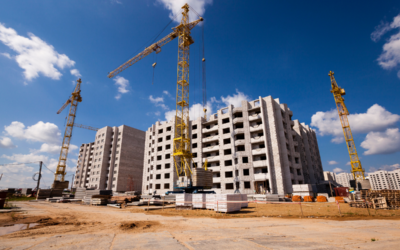There is a requirement in the Planning Act 2016 (Qld) (Planning Act) for developers to obtain land owner’s consent prior to making development applications for a material change of use or reconfiguring a lot.
There is a separate requirement in section 65 of the Building Act 1975 (Qld) (Building Act) which applies to a development application for building work where the land is subject to:
(a) a statutory covenant held by the State or a local government, or
(b) an easement. If this applies, the assessment manager for the application “must not approve” it unless the easement/covenant holder “has consented to the building work”.
The recent Queensland Planning and Environment Court (Court) case of ISPT Pty Ltd v Brisbane City Council [2017] QPEC 52, saw an adjoining landowner successfully appeal a decision to approve a development application for building work on the basis of a failure to comply with section 65 of the Building Act.
The Court’s strict approach highlights the need for developers to ensure that they comply with the Building Act’s consent requirement.
Facts
The case concerned a development application for building work, being a partial demolition of the heritage-listed Embassy Hotel in the Brisbane CBD.
The land was subject to various easements in favour of adjoining landowners and an electricity provider. The developer did not obtain the easement holders’ consent to the proposed work.
The Council approved the development application.
An adjoining landowner (Appellant) appealed the Council’s approval to the Court arguing that the Court was required to refuse the development application because of the developer’s failure to obtain the easement holders’ consent.
The Court found for the Appellant.
The Court found that building work is inherently more likely to adversely affect the interests of an easement holder than other types of development.
For example, while a change in use may have some impacts on an easement (by causing increased traffic) building work poses a greater risk of interference, due to the physical nature of the works.
Implications of the case
The case provides a reminder of an important, and sometimes overlooked, requirement for development applications for building work. The outcome suggests that if consent is not obtained, it will be difficult to satisfy the Court’s ability to excuse the noncompliance.
Summary
Care is needed because it is common for land to be subject to easements which might not be considered to be relevant to the particular building work. For example, if building work is proposed on one part of a site and another part of the site is subject to a drainage easement, there will likely then be no risk of the work impacting on the easement.
The relatively strict approach taken in this case shows that it is not safe for a developer to merely assume that because the easement will not be affected by the work that consent is not required.


